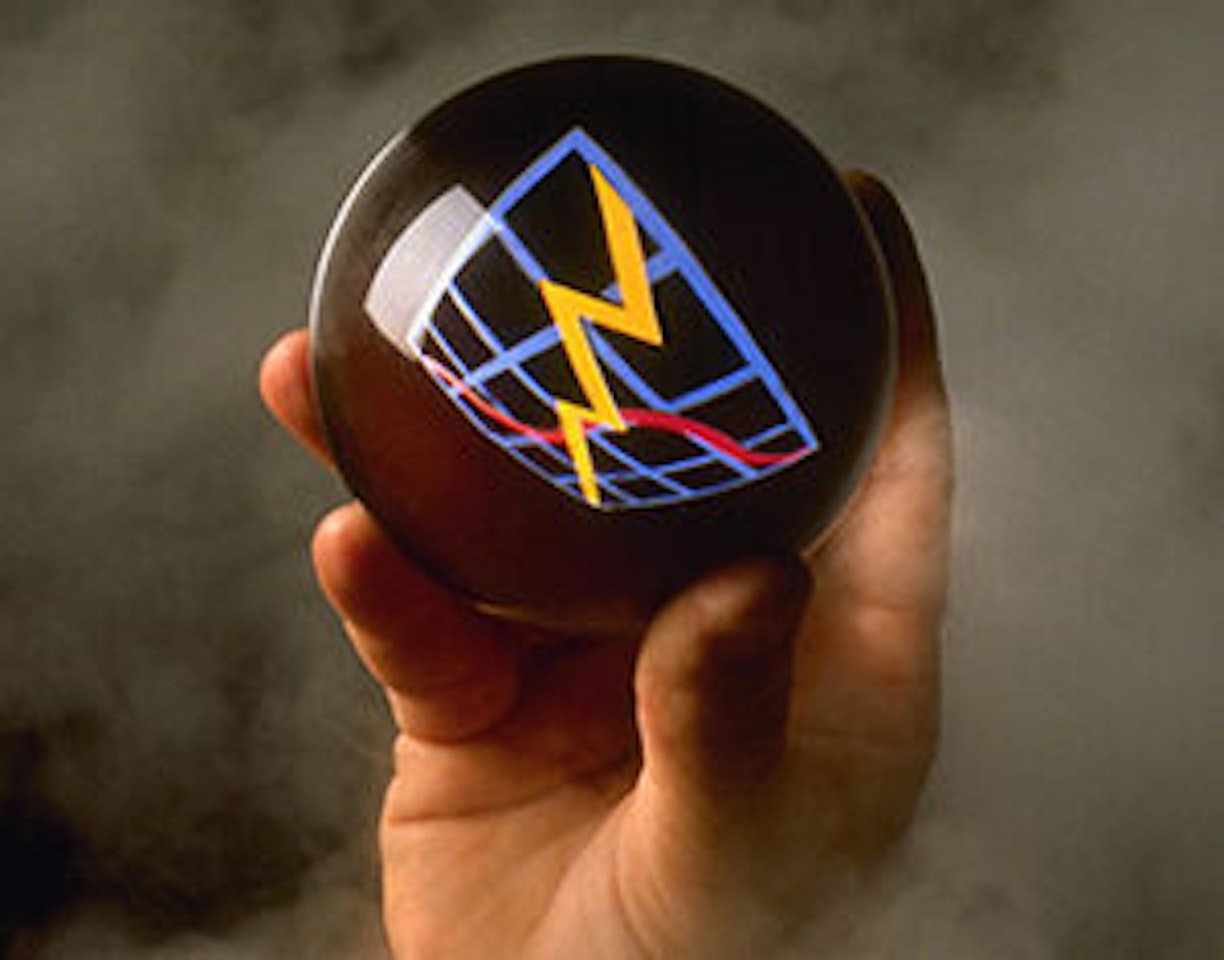
System Selection Guide
Mirion offers guidance with selections to meet your needs, based on application, software and hardware.
Mirion offers guidance with selections to meet your needs, based on application, software and hardware.
May 20th, 2015 | By Mirion Technologies
Outside of nuclear power and nuclear weaponry, there remains a wide array of ways in which radioactive material and the radiation it gives off remain useful in the daily lives of people all over the world.

Some smoke detectors also use radioactive elements as part of their detection mechanism, usually americium-241, which use the ionizing radiation of the alpha particles to cause and then measure changes in the ionization of the air immediately around the detector. A change due to smoke in the air will cause the alarm to sound.

Hospitals use radiation in a wide range of ways. X-Ray, CT, and PET machines use X-ray (X-ray and CT) and Gamma radiation (PET) to produce detailed images of the human body, which provide valuable diagnostic information for doctors and their patients. Radionuclides are also used to directly treat illnesses, such as radioactive iodine, which is taken up almost exclusively by the thyroid, to treat cancer or hyperthyroidism. Radioactive tracers and dyes are also used to be able to accurately map a specific area or system, such as in a cardiac stress test, which may use a radioactive isotope like Technetium-99m to identify areas of the heart and surrounding arteries with diminished blood flow.
Essentially high-powered versions of the types of X-Ray machines used in medicine, industrial radiography cameras use X-rays or even gamma sources (such as Iridium-192, Cobalt-60, or Cesium-137) to examine hard to reach or hard to see places. This is frequently used to examine welds for defects or irregularities, or examining other materials to locate structural anomalies or internal components.

Industrial radiography is also very useful for secure, non-invasive scanning at security checkpoints, such as airports, where x-ray baggage scanners are in routine use. Larger versions of the same machines are often used to examine shipping containers all over the world.

Food irradiation is the process of using radioactive sources to sterilize foodstuffs. The radiation works by killing bacteria and viruses, or eliminating their ability to reproduce by severely damaging their DNA or RNA. Since neutron radiation is not used, the remaining food doesn’t become radioactive itself, leaving it safe to eat. This method is also used to sterilize food packaging, medical devices, and manufacturing parts.
Looking for Services or Support?
We're here to help.